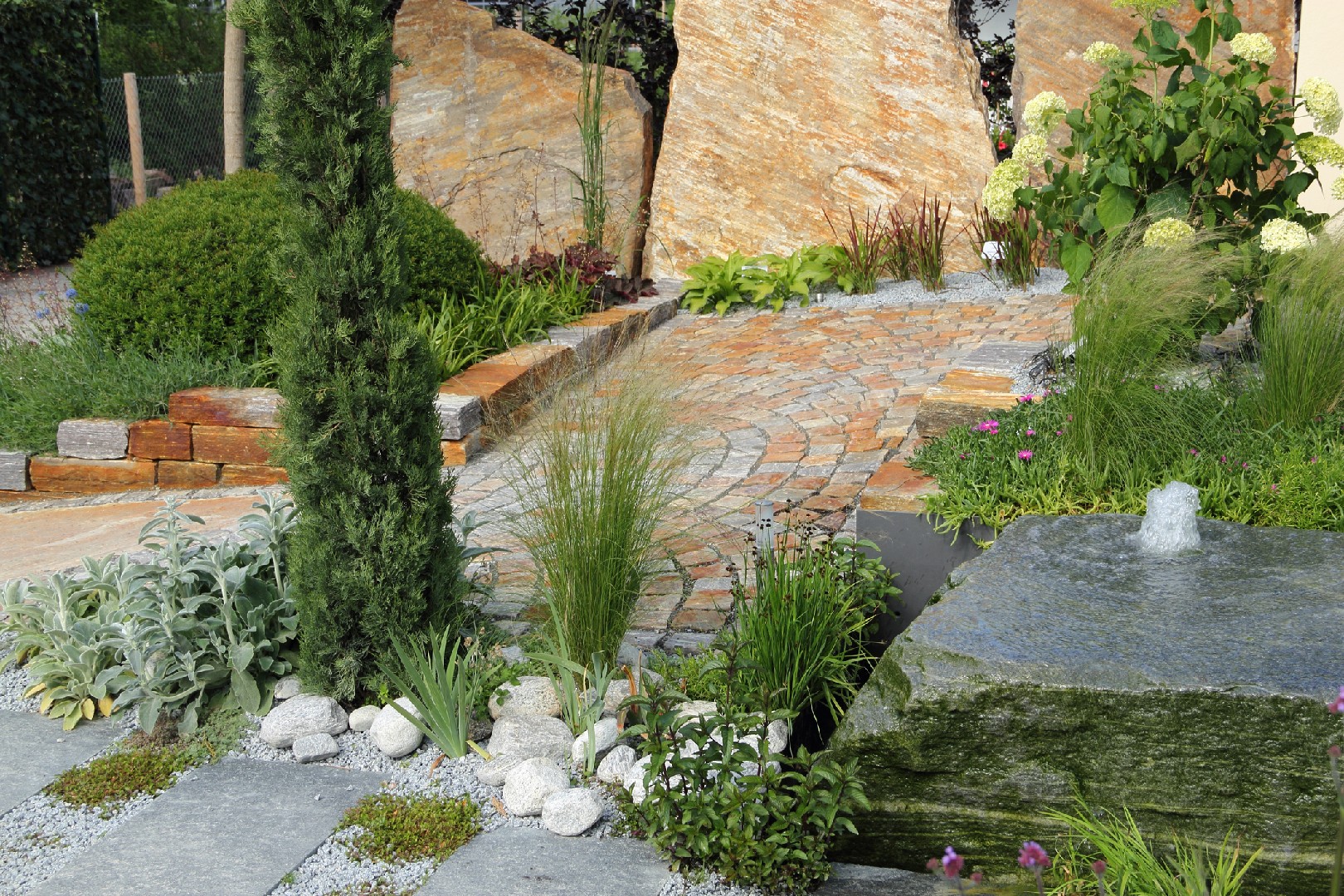![Rectangle]()
Geology Lessons: Choosing the Right Stone
When it comes to incorporating stones in your garden design, it's crucial to choose the right ones that not only enhance the overall aesthetics but also withstand the test of time. In this section, we will discuss the variety of stones available, their characteristics, and how to select the most suitable ones for your garden.
One of the first factors to consider when choosing stones for your garden is durability. Different types of stones have varying levels of durability, so it's essential to choose stones that can withstand the climate and weather conditions in your region. For example, if you live in an area with harsh winters, you'll want to opt for stones that are frost-resistant. On the other hand, if you live in a coastal region, you'll need stones that are resistant to saltwater corrosion.
Another factor to consider is the style of the stones. Each stone has its own unique appearance and texture, which can greatly impact the overall design of your garden. For a more natural and rustic look, you might consider using rough or irregularly shaped stones. If you prefer a more modern and clean aesthetic, smooth and polished stones might be a better choice. It's important to select stones that align with the style and theme of your garden to create a harmonious and visually pleasing space.
Local availability is another crucial factor to keep in mind when choosing stones for your garden. It's generally more cost-effective and environmentally friendly to source stones locally. Local stones also tend to blend better with the natural landscape, creating a seamless integration between your garden and its surroundings. Take the time to research and explore the stones that are native to your area, as they often have unique colors and patterns that can add a distinctive touch to your garden design.
Budget is also a significant consideration when selecting stones for your garden. While certain types of stones may be more expensive, there are always budget-friendly options available. Keep in mind that the cost of stones may vary depending on their size, shape, and sourcing. Consider consulting with local suppliers or landscape professionals to find affordable stones that still meet your aesthetic preferences and functional requirements.
To illustrate the significance of stone selection in garden design, let's take a look at a real-world example. The Japanese rock garden, also known as the Zen garden, is a perfect demonstration of the art of stone placement. The carefully chosen rocks in these gardens symbolize mountains, islands, and other natural elements. The size, shape, and arrangement of the stones create a sense of tranquility and harmony, fostering a meditative atmosphere.
In conclusion, choosing the right stones for your garden requires careful consideration of factors such as durability, style, local availability, and budget. By understanding the unique characteristics of different stones and their suitability for your specific garden design, you can create a stunning and enduring landscape. Whether you prefer a natural, rustic look or a more modern and polished aesthetic, the right stones will elevate the beauty of your garden and provide a lasting impact.





